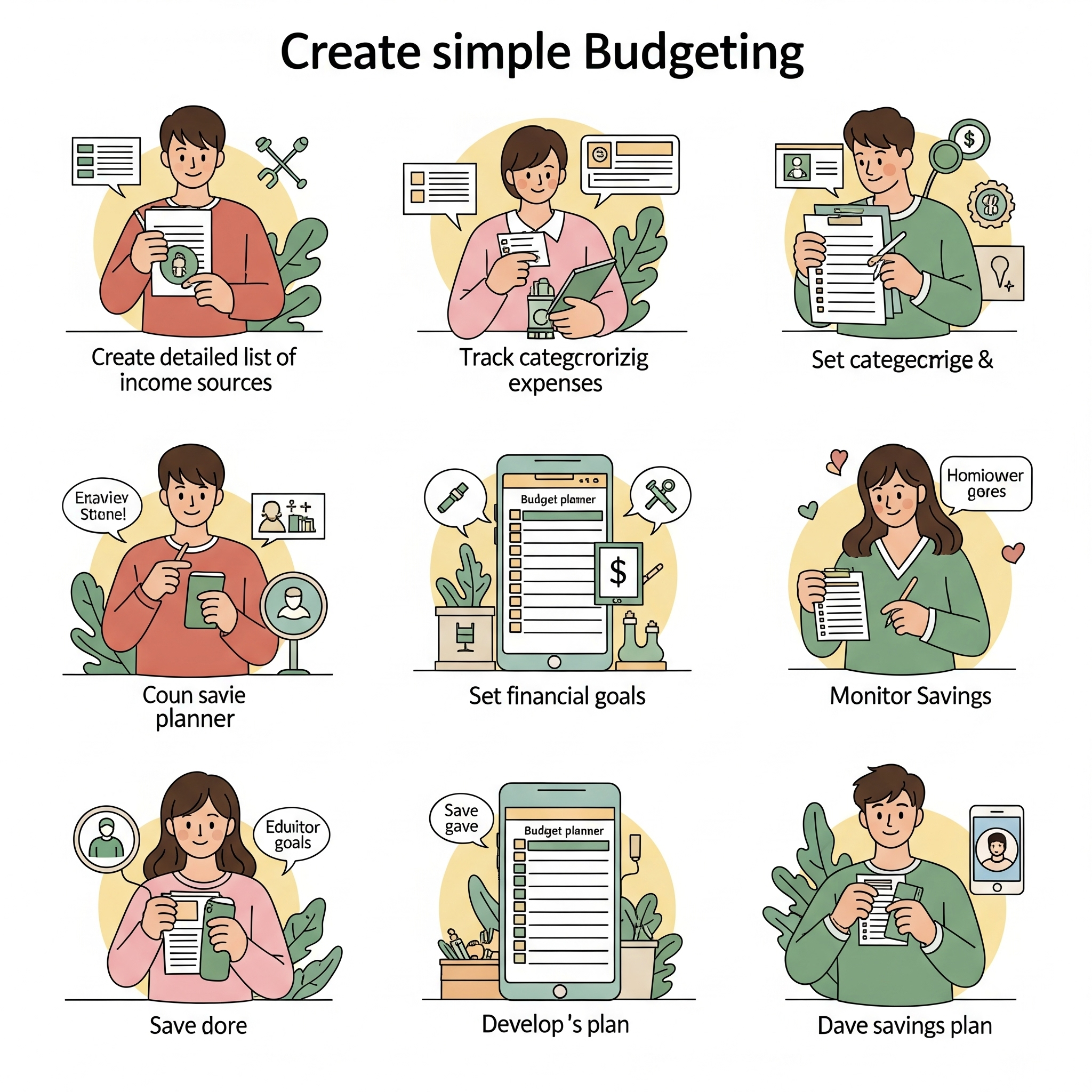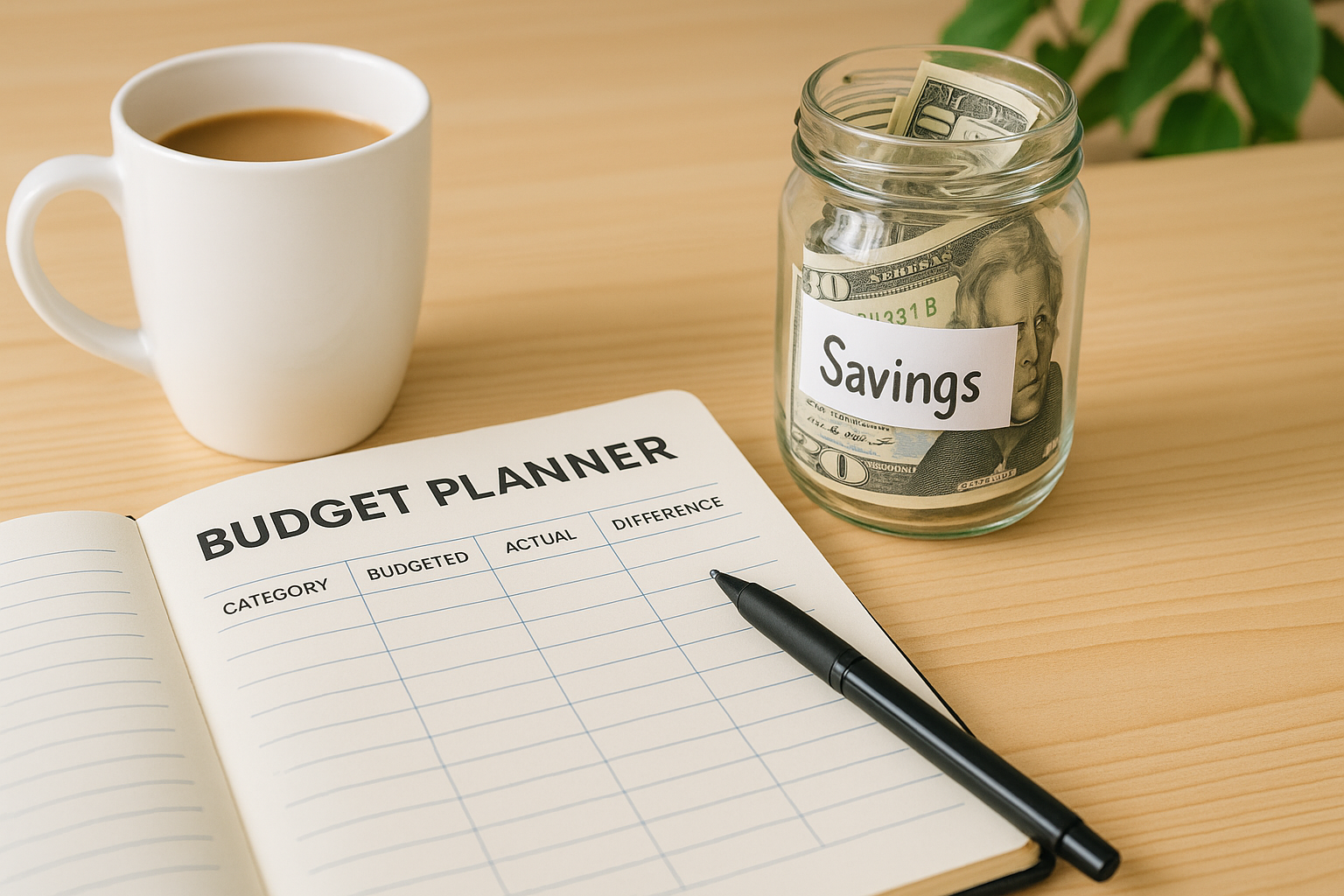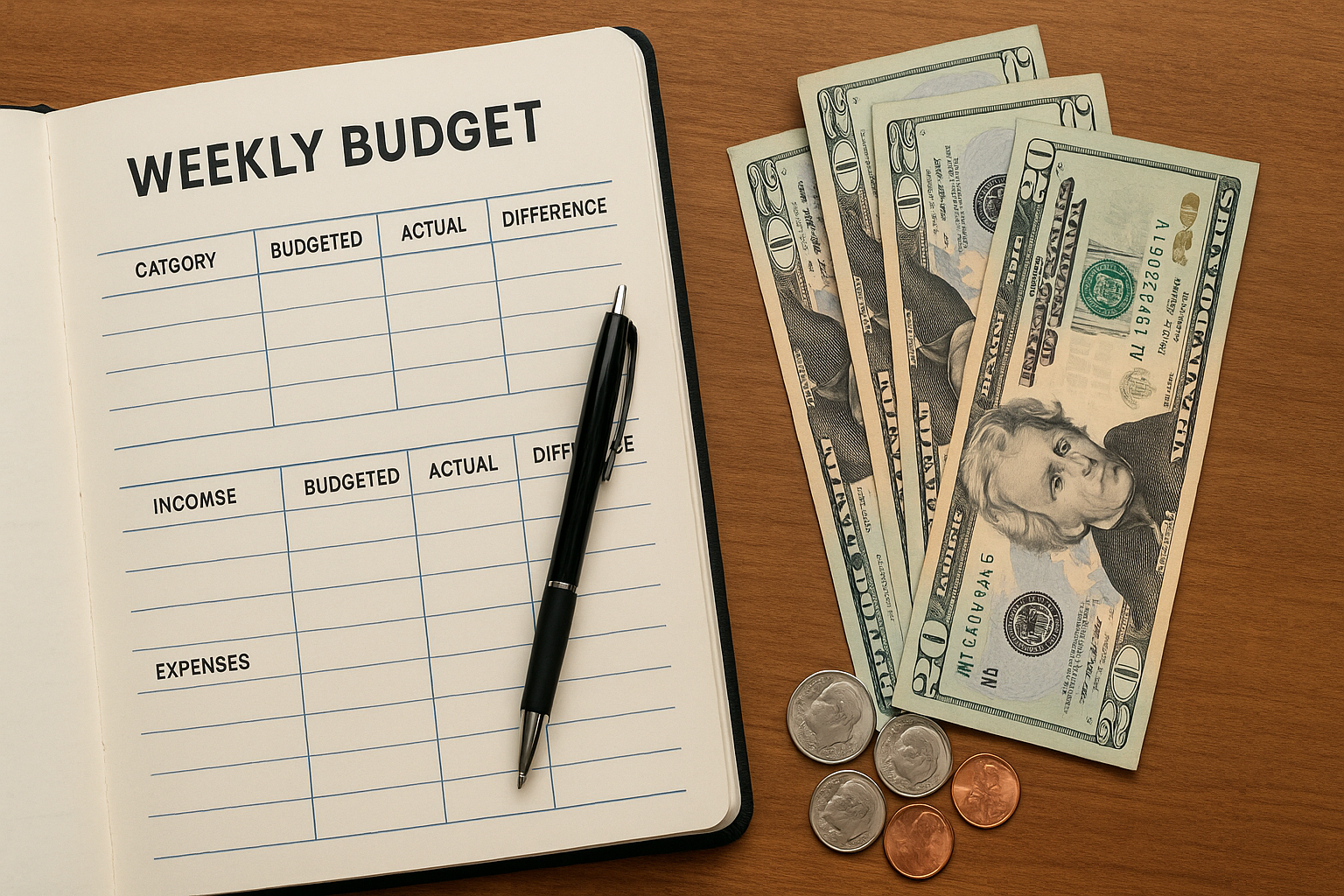5 Easy Steps to Create a Simple Budget Plan for Beginners and Save More Money
Starting a simple budget plan for beginners is one of the smartest financial moves you can make. Budgeting doesn’t have to be complicated or overwhelming. With just a few easy steps, you can take control of your money, reduce stress, and start saving more effectively.
This guide will show you how to create a simple budget plan tailored for beginners—whether you’re managing your personal finances for the first time or just need a fresh start.
Why You Need a Simple Budget Plan
A budget is a clear roadmap for your money. It helps you understand where your income goes, control spending, and set financial goals like saving for emergencies, paying off debt, or investing for the future. Without a budget, it’s easy to lose track, overspend, and feel stressed about money.
Budgeting is especially important for beginners because:
-
It builds good financial habits early.
-
It provides clarity and reduces anxiety about money.
-
It helps you avoid debt and save consistently.
Step 1: Calculate Your Total Monthly Income
Start by figuring out exactly how much money you bring in every month. Include:
-
Your salary after taxes (net income)
-
Any side hustle or freelance earnings
-
Passive income like rental or investment returns
Be honest and thorough to create a realistic budget foundation. If your income varies, use an average of the last 3-6 months.
Step 2: Track Your Expenses
Before you can make a budget, you need to understand your spending habits. Track all your expenses for at least one month. Use a notebook, spreadsheet, or budgeting app like Mint or You Need a Budget.
Categories to track:
-
Fixed essentials (rent/mortgage, utilities, loan payments)
-
Variable essentials (groceries, transportation, insurance)
-
Non-essentials (dining out, entertainment, shopping)
Step 3: Set Spending Limits and Savings Goals
Now it’s time to create limits for each category based on your income and financial priorities. A popular method is the 50/30/20 rule:
-
50% for needs (essentials)
-
30% for wants (non-essentials)
-
20% for savings and debt repayment
Adjust this as needed to fit your goals. For example, if you want to save aggressively, increase the savings percentage.
Step 4: Choose a Simple Budgeting Method
Pick a budgeting style that suits your personality and lifestyle. Here are three beginner-friendly options:
1. Zero-Based Budget
Every dollar is assigned a purpose—expenses or savings—until your income minus expenses equals zero.
2. Envelope System
Cash for each category goes into separate envelopes. Spend only what’s in the envelope for that category.
3. Digital Budgeting Apps
Apps automatically categorize expenses, send alerts, and help you stick to your budget with minimal effort.
Step 5: Review and Adjust Regularly
Your budget isn’t set in stone. Life changes, and so will your income and expenses. Review your budget monthly and adjust as needed.
Tips for staying on track:
-
Celebrate small wins when you meet savings goals
-
Use reminders or calendar alerts for bill payments
-
Keep an emergency fund separate to avoid dipping into your budget
Bonus Tips to Save More Money
-
Automate your savings to build habits without thinking
-
Cut back on subscriptions or services you rarely use
-
Plan meals and shop with a grocery list to reduce food waste
-
Look for discounts, coupons, and cashback offers when shopping
Frequently Asked Questions About Budgeting
How strict should a beginner budget be?
Start flexible. Your first budget is a learning tool. Adjust as you learn what’s realistic and what changes you need.
Can I budget if I have irregular income?
Yes! Use an average monthly income or base your budget on your lowest expected income to stay safe.
What if I overspend?
Don’t panic. Analyze what caused overspending and adjust your next month’s budget or cut back in other areas.
Conclusion
Creating a simple budget plan for beginners is achievable and rewarding. With clear steps and commitment, you’ll manage your money better, reduce financial stress, and grow your savings. Start today with these easy steps and watch your financial confidence soar.




